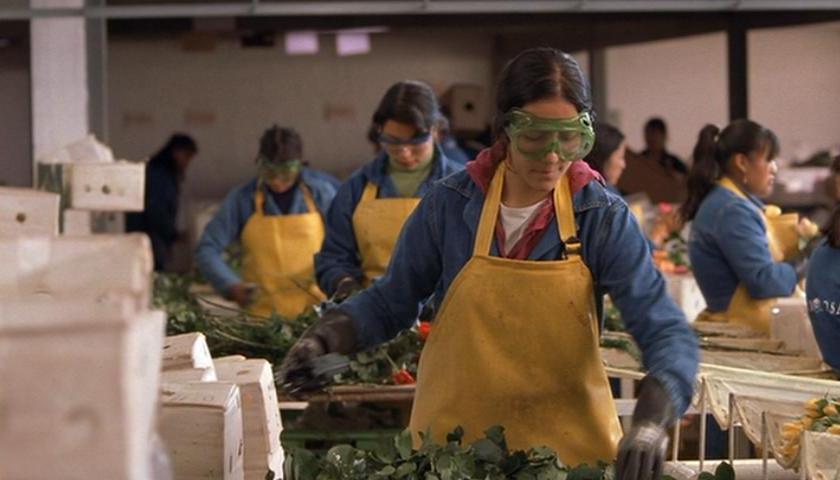
 |
| Photo © 2004 HBO Films/Fine Line Features |
| Academy Award Nominations: | |
| Best Actress: Catalina Sandino Moreno | |
| Other Awards: | |
| Berlin Film Festival: Best Actress (Sandino Moreno; tie) | |
| Sundance Film Festival: Audience Award (Dramatic) | |
| Independent Spirit Awards: Best Actress (Sandino Moreno); Best First Screenplay | |
| New York Film Critics Circle: Best First Film | |
| Los Angeles Film Critics Association: New Generation Award (Marston and Sandino Moreno) | |
| Permalink | Home | 2004 | ABC | Blog |